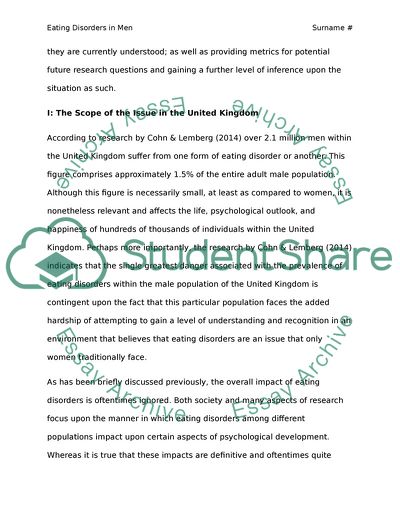Cite this document
(“How does body dissatisfaction in men lead to eating disorders such as Literature review”, n.d.)
Retrieved from https://studentshare.org/health-sciences-medicine/1640394-how-does-body-dissatisfaction-in-men-lead-to-eating-disorders-such-as-anorexia
Retrieved from https://studentshare.org/health-sciences-medicine/1640394-how-does-body-dissatisfaction-in-men-lead-to-eating-disorders-such-as-anorexia
(How Does Body Dissatisfaction in Men Lead to Eating Disorders Such As Literature Review)
https://studentshare.org/health-sciences-medicine/1640394-how-does-body-dissatisfaction-in-men-lead-to-eating-disorders-such-as-anorexia.
https://studentshare.org/health-sciences-medicine/1640394-how-does-body-dissatisfaction-in-men-lead-to-eating-disorders-such-as-anorexia.
“How Does Body Dissatisfaction in Men Lead to Eating Disorders Such As Literature Review”, n.d. https://studentshare.org/health-sciences-medicine/1640394-how-does-body-dissatisfaction-in-men-lead-to-eating-disorders-such-as-anorexia.


